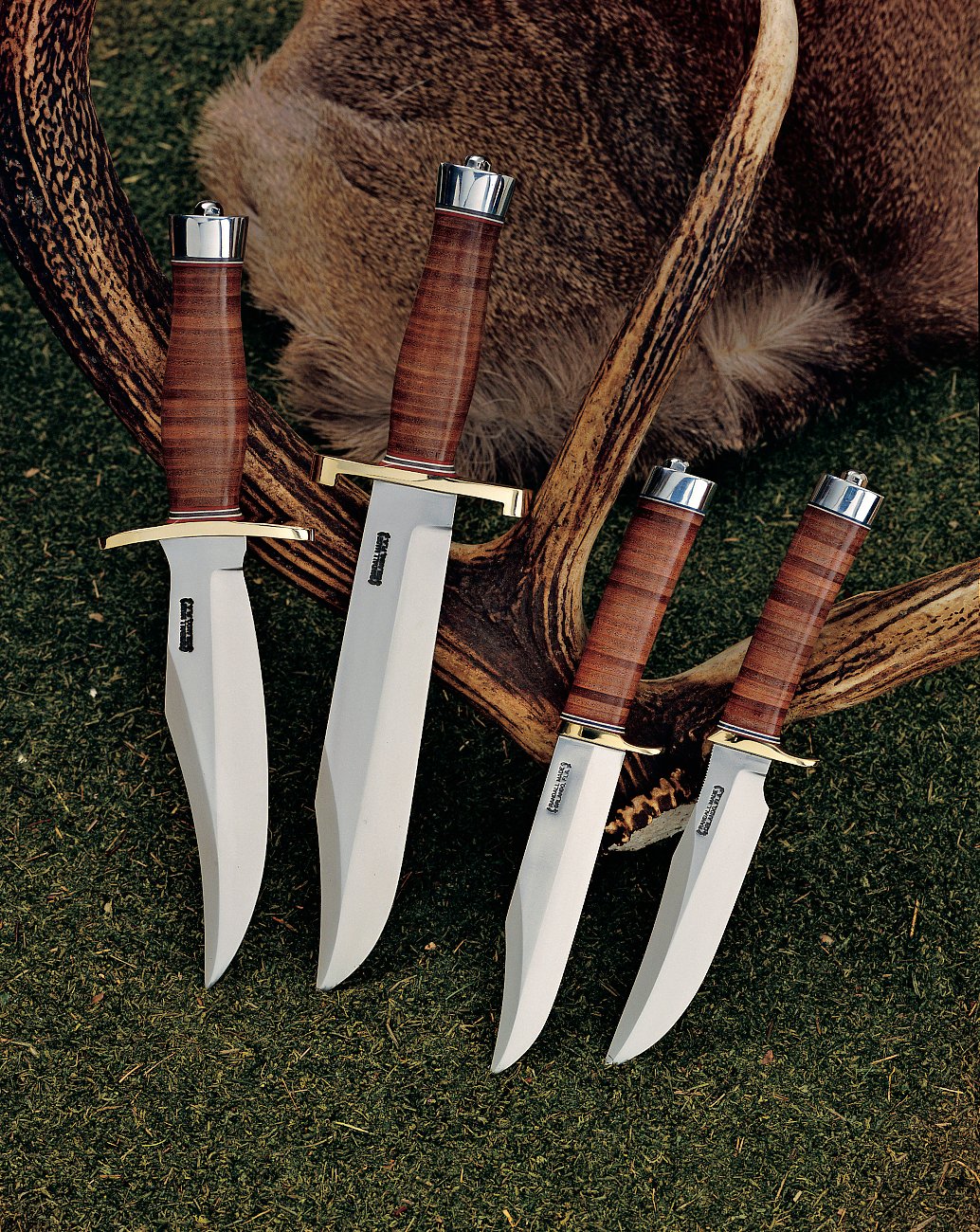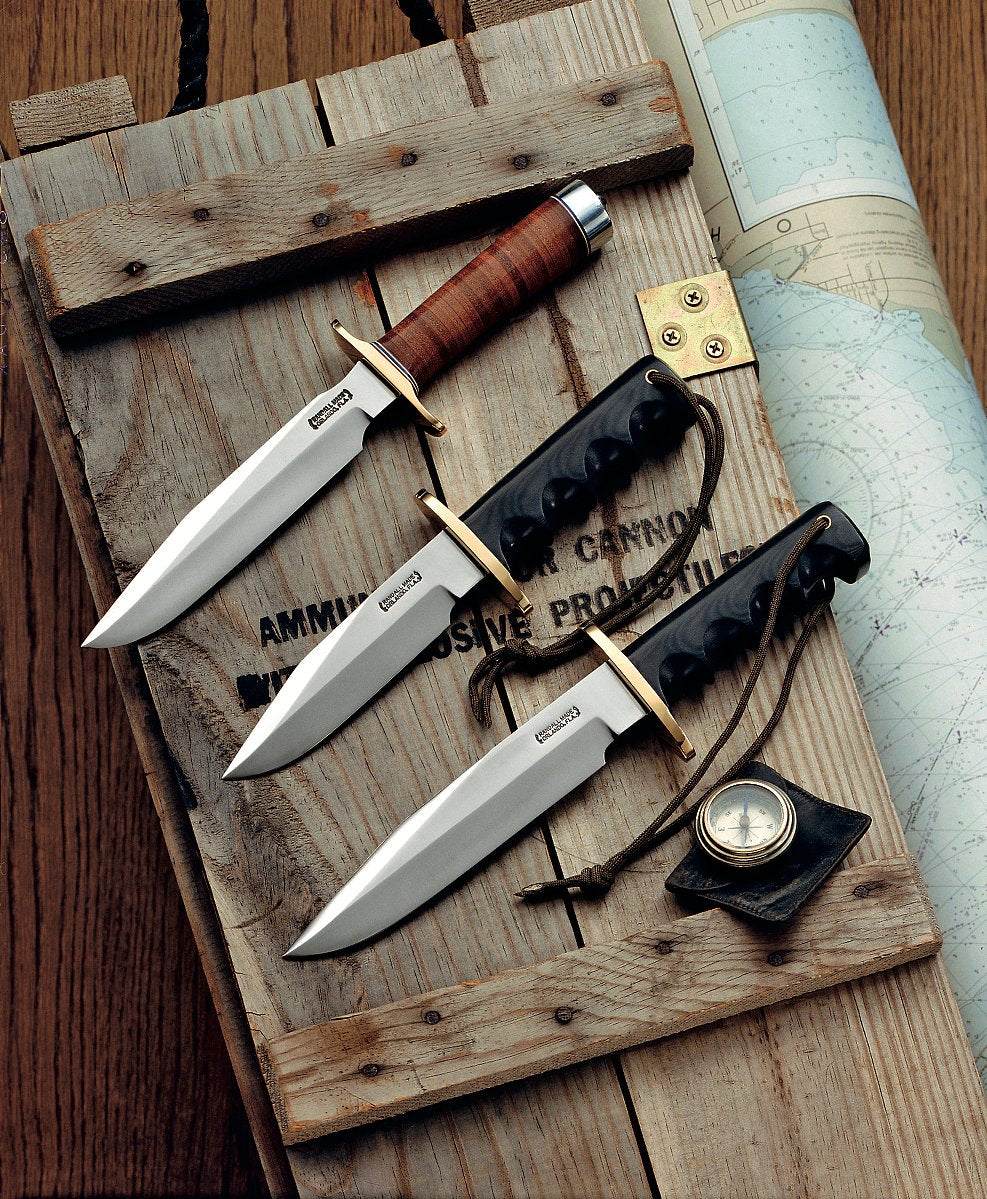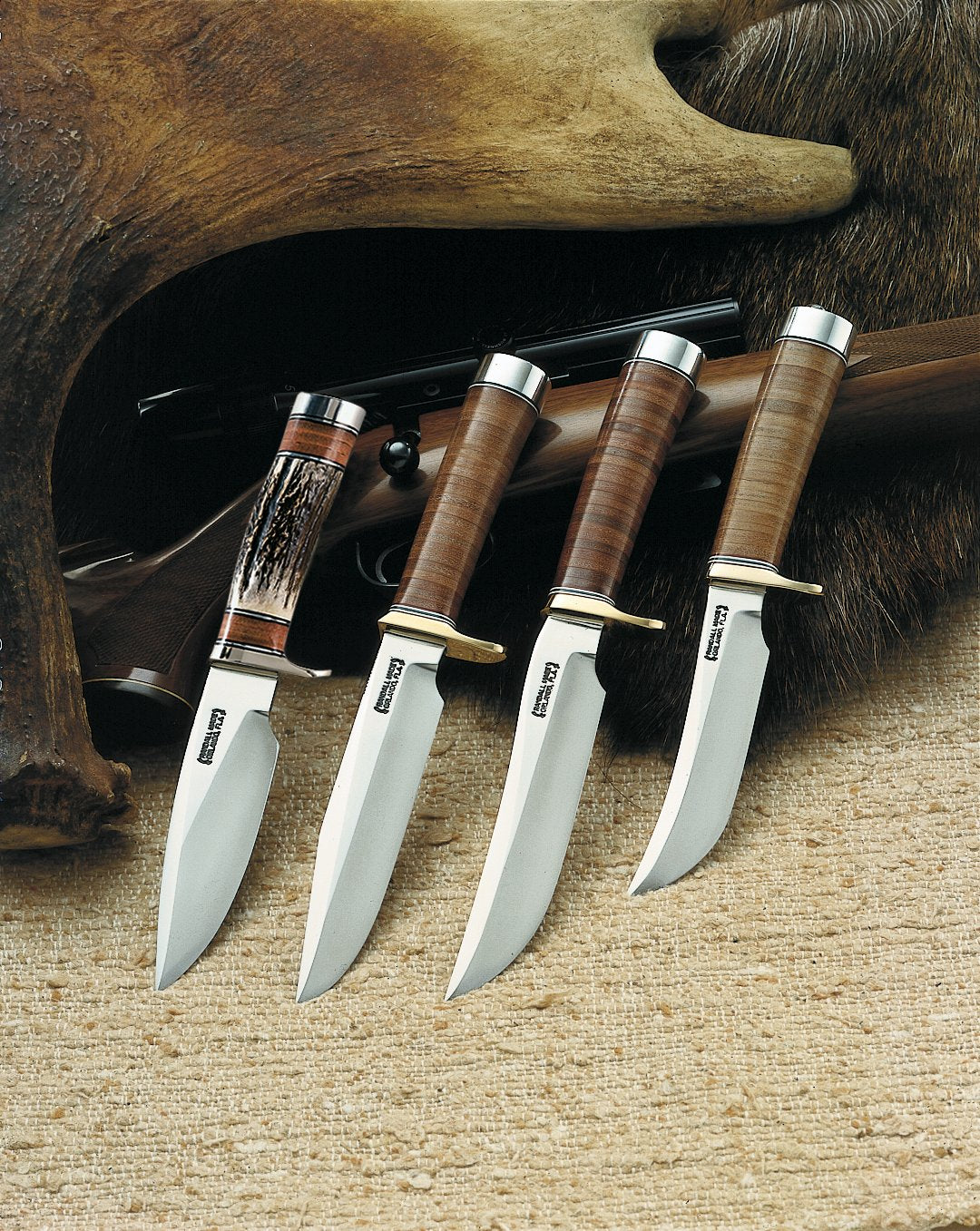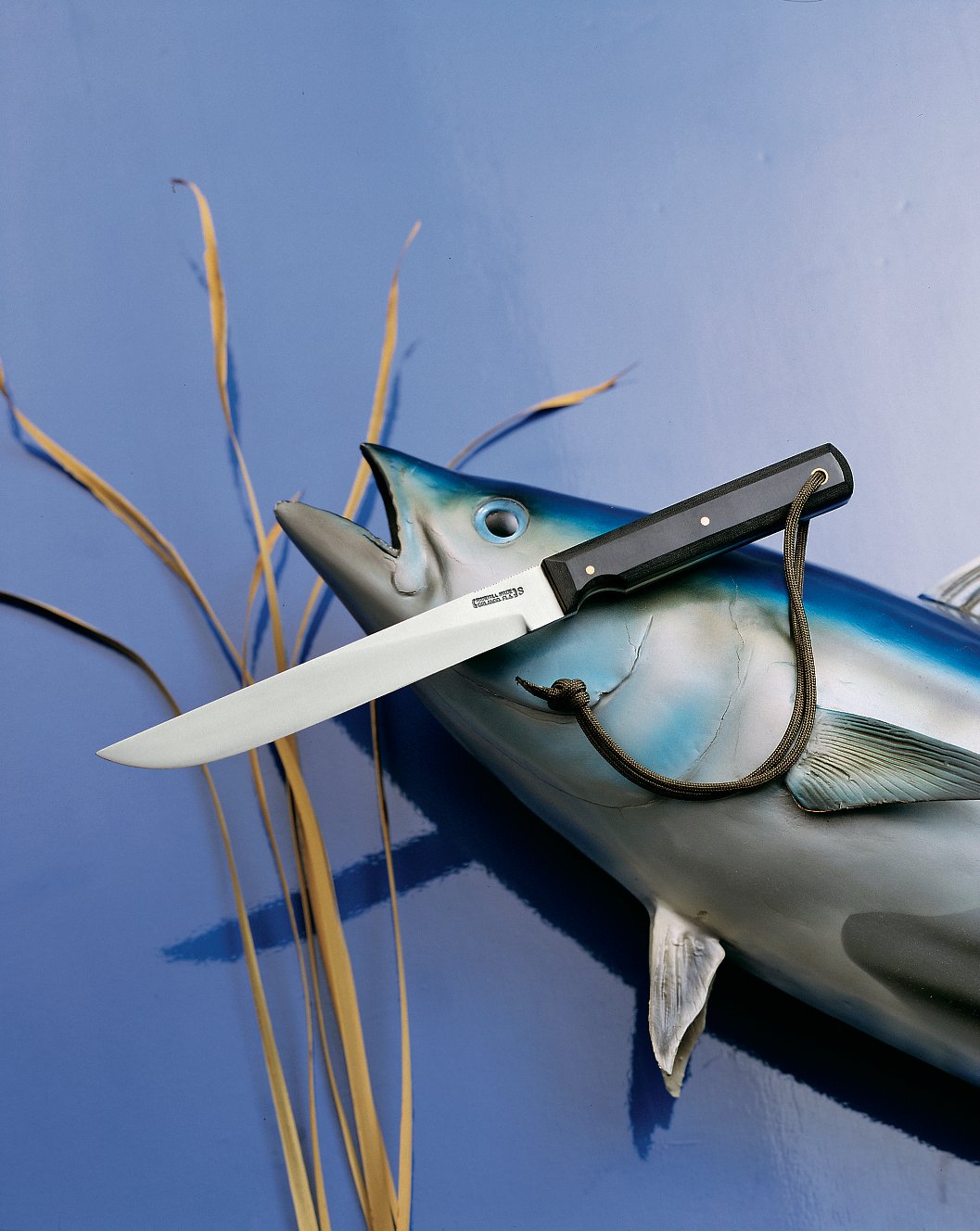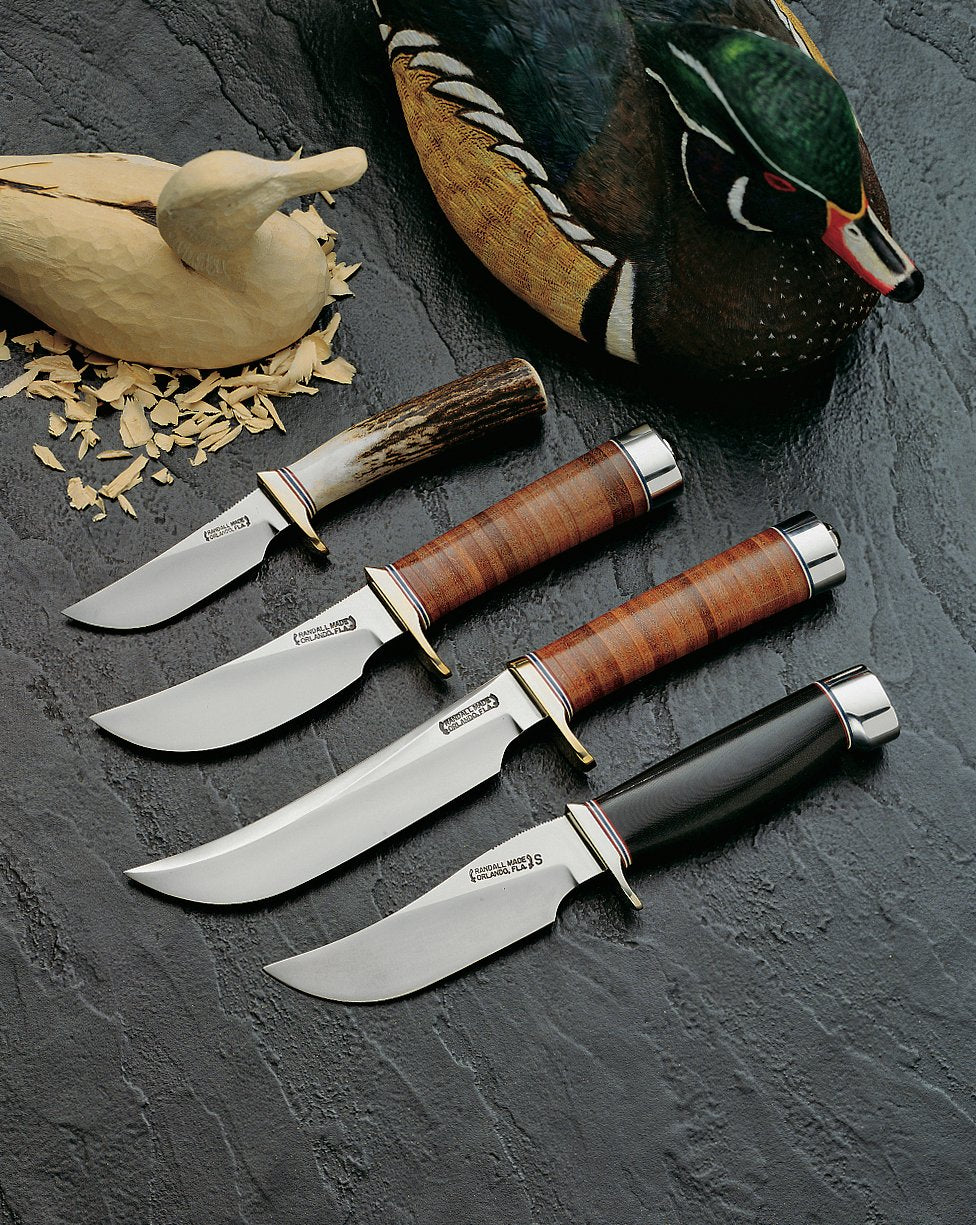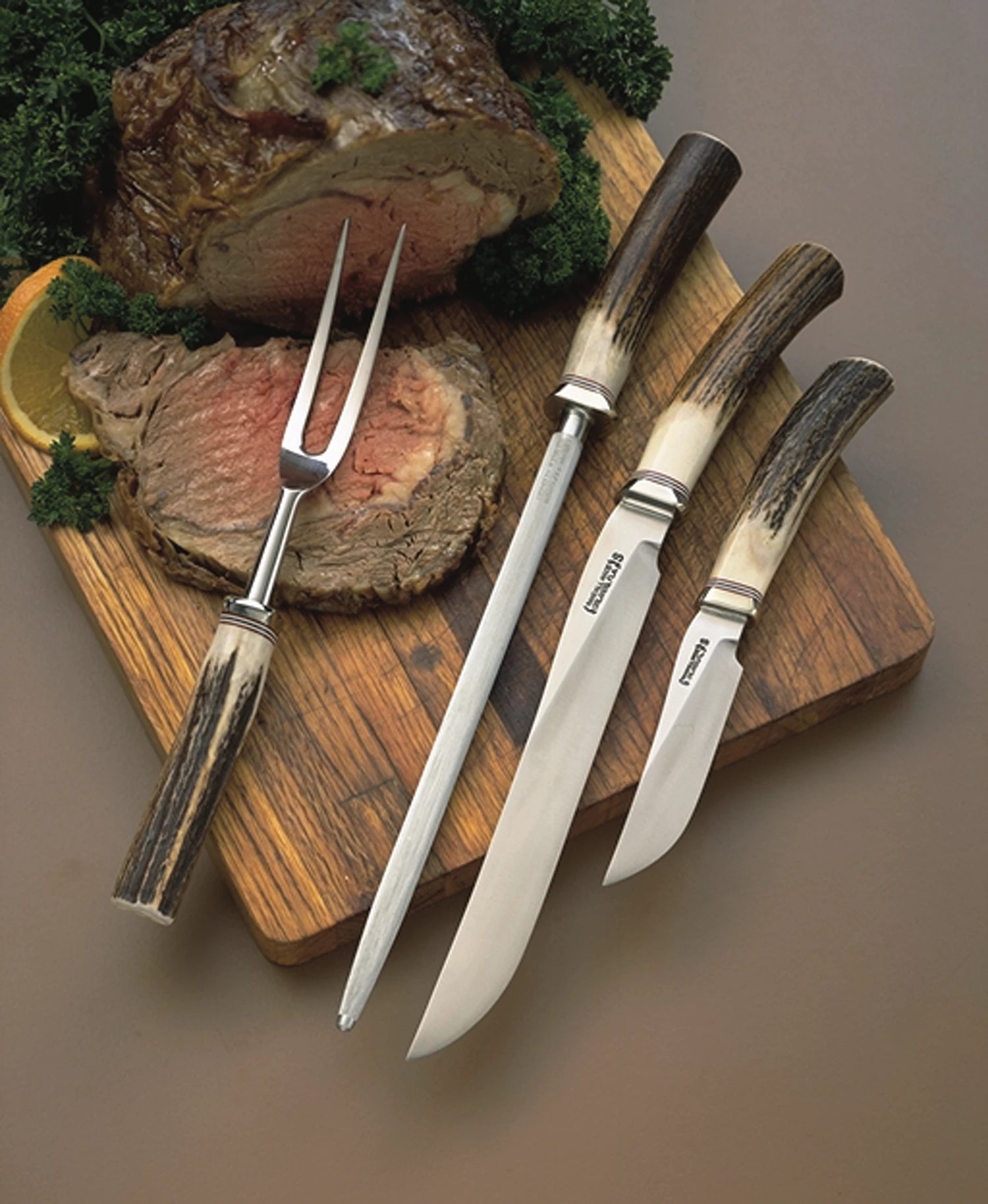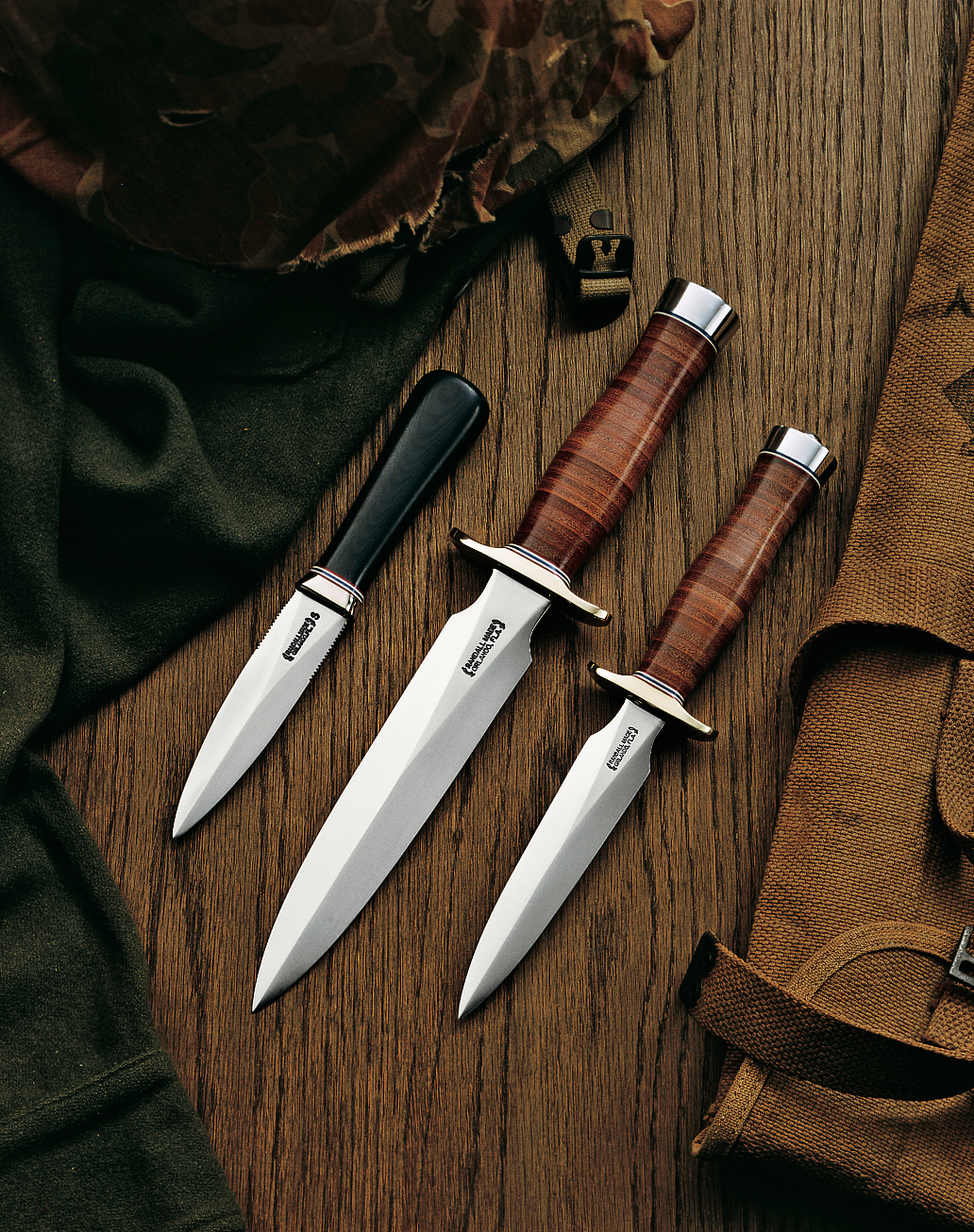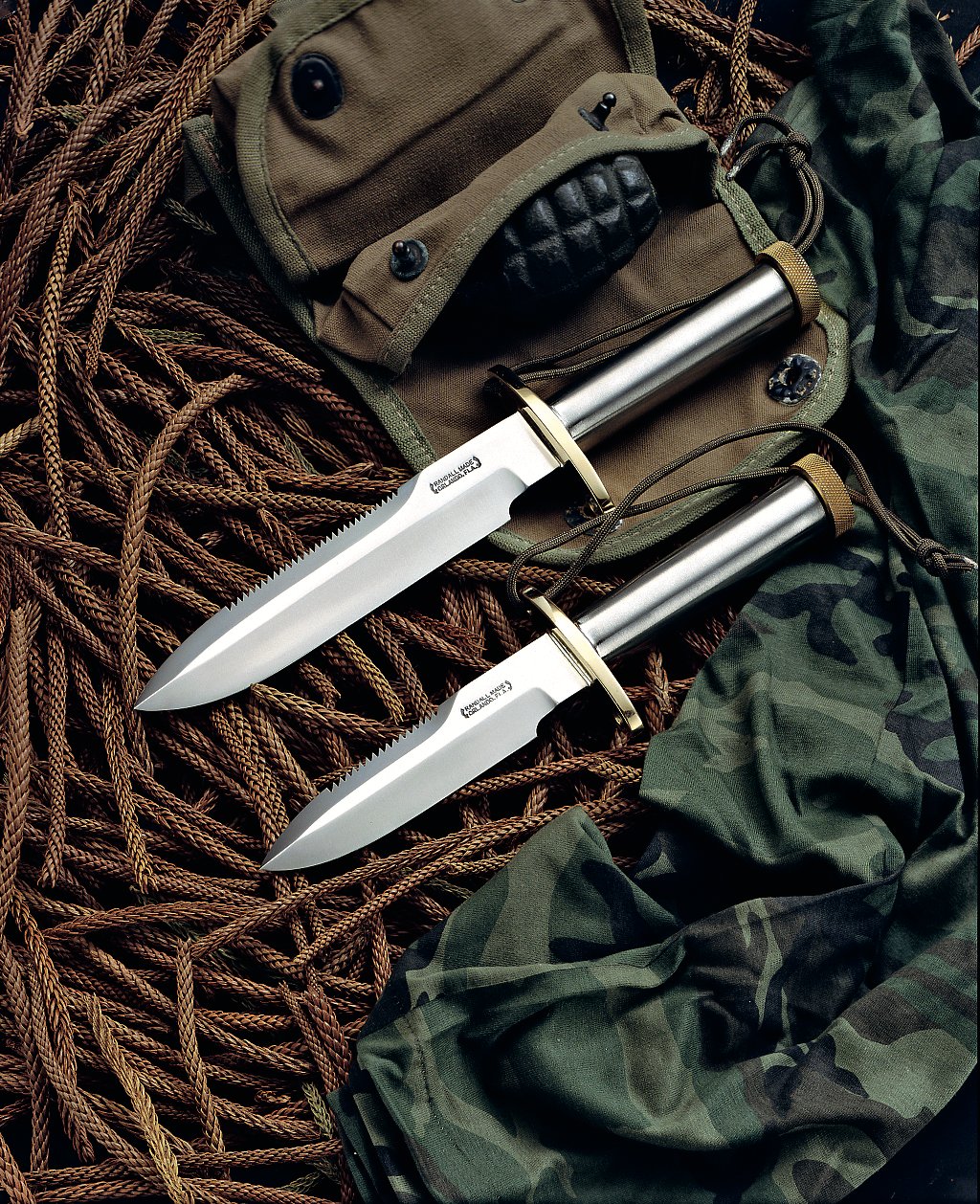The Evolution and Functionality of Outdoor Knife Handles
Outdoor knives are essential tools for adventurers, survivalists, and nature enthusiasts. The efficiency and safety of a knife are not solely determined by its blade but also significantly influenced by its handle. Different handle styles cater to varied needs, enhancing grip, comfort, and control. This article delves into six distinct handle styles—Standard, Commando, Single Finger Grip, Border Patrol, Concave, and Finger Grips—exploring their unique benefits and the history behind their designs.
Standard Handle
The Standard handle is the quintessential knife handle, characterized by its straightforward, no-frills design. It typically features a slight curve to accommodate the natural grip of the hand, made from materials ranging from wood and bone to modern composites and plastics. The history of the Standard handle traces back to the earliest knives, where functionality and simplicity were paramount. This design provides a balanced grip suitable for a variety of tasks, making it a versatile choice for general outdoor use.
Commando Handle
The Commando handle, with its rich history rooted in military applications, is designed for maximum grip and control. Originating from the combat knives used in World War II, this handle style is notable for its leather washers stacked together, providing a durable and comfortable grip. The Commando handle is designed for tough conditions, offering excellent hand traction and minimizing slippage during rigorous activities such as combat or survival scenarios.
Single Finger Grip Handle
The Single Finger handle features a distinctive groove for the index finger, providing enhanced precision and control. This design is particularly beneficial for tasks that require fine manipulation, such as carving or skinning. The origins of the Single Finger Grip handle can be traced to specialized knives crafted for hunters and fishermen, who needed reliable tools for detailed work. By securing the index finger, this handle reduces fatigue and improves accuracy.
Border Patrol Handle
Named after its widespread use among border patrol agencies, this handle style is designed for prolonged use and comfort. The Border Patrol handle typically has a pronounced curve and a wider base to distribute pressure evenly across the hand, reducing hot spots and discomfort during extended periods of use. This ergonomic design has been adopted by various law enforcement and military units, reflecting its reliability and comfort in demanding conditions.
Concave Handle
The Concave handle, as the name suggests, features a slight inward curve designed to conform to the natural contours of the gripped hand. This design provides a snug fit, enhancing grip stability and control. The Concave handle design is a relatively modern innovation, reflecting advancements in ergonomics and materials science. It is particularly favored for precision tasks and can be found on knives intended for specific applications, such as crafting or detailed survival work.
Finger Grips Handle
Finger Grips handles are characterized by multiple grooves or indentations along the handle, each accommodating a finger. This design ensures a secure and comfortable grip, reducing slippage and improving maneuverability. The history of Finger Grips handles is linked to the evolution of sports and tactical knives, where the need for a secure grip in dynamic conditions is paramount. This handle style is ideal for activities that require extensive hand movements, providing excellent control and comfort.
Conclusion
The handle of an outdoor knife is as crucial as its blade. Each handle style—Standard, Commando, Single Finger Grip, Border Patrol, Concave, and Finger Grips—offers unique advantages tailored to specific tasks and conditions. Understanding the history and functionality of these designs can significantly enhance the selection process, ensuring that enthusiasts and professionals alike choose the right tool for their outdoor adventures. As technology and materials continue to evolve, so too will the design of knife handles, further refining the balance between tradition and innovation in the quest for the perfect grip.




